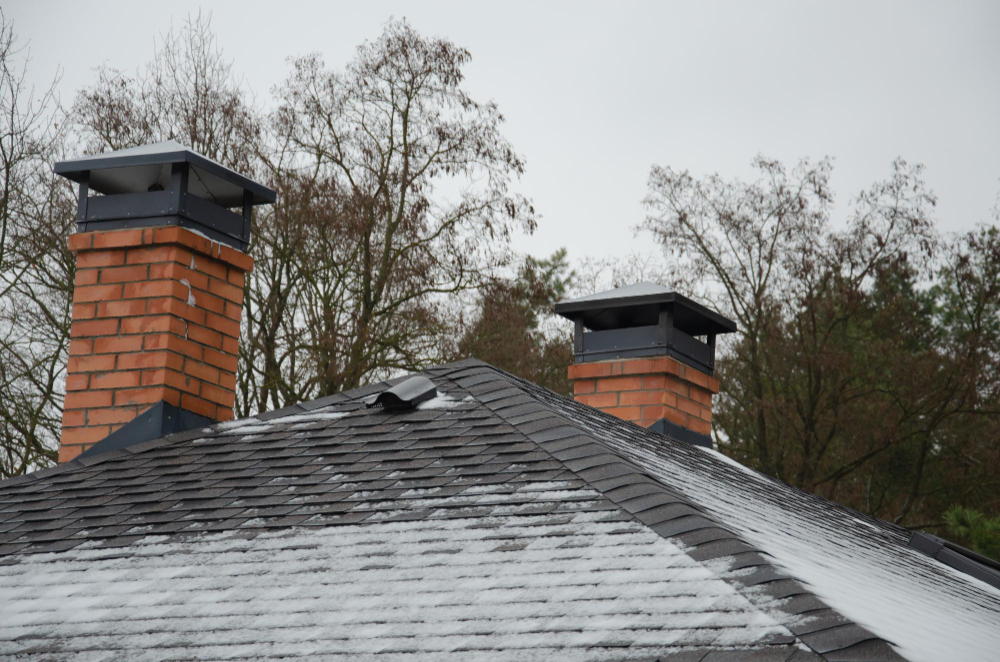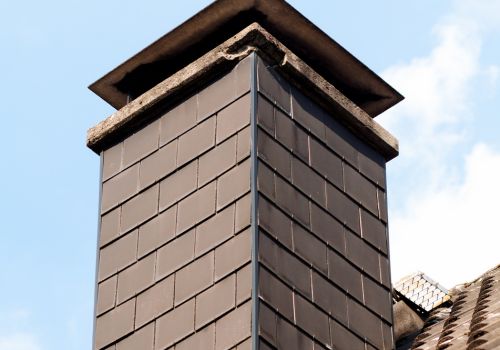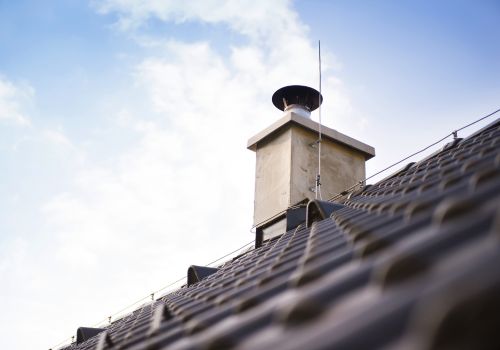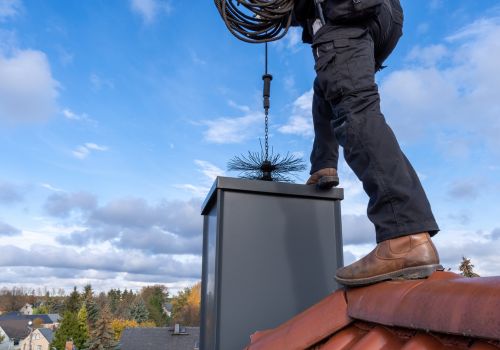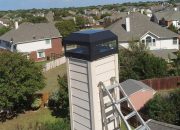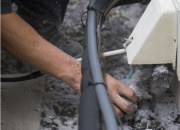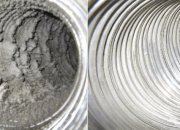Stale odors can come from a variety of sources. In the home, they may result from cooking, pets, tobacco smoke or excess humidity in your house. When stale air is heated inside your furnace or AC system and sent throughout your home, it takes some of that odor with it. Here are 11 tips you can use to help control your stale air odor problem:
Replace your air filter.
If you have an air filter in the HVAC system, replace it if it’s dirty. It’s generally recommended that you change your air filter seasonally, even if it doesn’t look dirty. Some people don’t think smells will come through a new and clean filter; however, changing your air filter often can help prevent stale odors from wafting through your heating system. A clean filter will remove some of the sources of stinky odors.
When replacing your filter, look for one that has activated carbon in it (though any HEPA filter is much better than none). The carbon traps odors when the hot air blows through it. You might even find that you need to change this more often, depending on how heavily you use it.
Change and clean furnace filters regularly.
Furnaces require frequent replacement and maintenance anyway, and you should change them at least every three months (or more often in dusty conditions), but we recommend monthly replacement. It’s also important to keep filters clean. Besides causing stale odors to come through your air ducts, a dirty filter makes it hard for your furnace to heat efficiently. It can also lead to higher energy bills with longer run times and more stress on your system.
The method you use to clean them can also make a difference. Using a hose to wash filters off while running water through the unit will get rid of all kinds of debris and bacteria that cause these smells. You can also add an enzyme-based cleaner directly to the filter. These enzymes work to break down the molecules that cause these odors, keeping your air fresh and clean smelling.
Inspect all duct connections.
Inspect all duct connections to ensure they seal at their seams. Use mastic or foil-backed tape to seal any connections where the metal collars meet with flexible ducting to keep smells from coming back through your heating system.
If you smoke, make sure there is no buildup of residue on the intake grates inside the furnace by using a solution recommended for smoke removal on these grates after cleaning them with regular household cleaners.
Seal and caulk out crevices around ducts.
Start by caulking and sealing your ducts to keep rodents, insects, air pollutants and other contaminants out. Then tackle any water leaks that may be contributing to stale smells in your home. Check for visible water leaks, and also check your humidifier unit. Cover your humidifier unit to keep out insects and rodents as well as to prevent a mold buildup within the equipment itself.
Cover the intake grates.
It’s important to cover your intake grates with a fine mesh screen before turning your furnace on for the winter months to keep out contaminants. The screen should have a high enough density to prevent smells from getting through.
Replace old metal-ducting with flexible plastic ducting.
If your home still has its original metal-ducted heating systems, they are very likely to have absorbed odors over time. Metal is porous and easily soaks up scents before releasing them into the air again when the furnace turns on for heat. Replacing these metal ducts can go a long way toward keeping the smell out of your vents.
If you can get an old metal duct to smell fresh, however, it is more likely that the seal has broken down and odors are entering through there. For this reason, it’s important to replace them before they break down completely.
Remove lint and other buildups from exhaust pipes and traps.
Bad odors can sneak into the house through ventilation systems, too. If you use a clothes dryer inside, make sure to clean out any lint that has built up in the exhaust pipe periodically, especially if your laundry area is near an exterior wall or window. You should also clean out the ductwork once a year and routinely empty the lint traps on all of your appliances, including washers, driers and dishwashers.
Give outdoor units a screen.
Keep leaf protection in place around your outdoor units by choosing screens like copper mesh guards that let air through while keeping critters and debris out. Be sure to follow manufacturer recommendations about the placement of these guards, as some filters need to be flush against the unit to function properly.
Clean your furnace.
Brush or vacuum the blower fan blades inside your furnace every three to six months. If you’re using a filter with a high Minimum Efficiency Reporting Value (MERV), it can get clogged over time, which traps dust and dirt close to the internal fan blades of the furnace; this reduces airflow and causes strain on the HVAC system. Periodic cleaning will help increase efficiency and airflow while reducing odor infiltration from dirty air ducts.
Install an air purifier with UV light.
Ozone generators are not recommended for indoor use, but you can install some new appliances on the market in your home specifically to cleanse the air of odor-causing particles. These machines work by emitting ozone into the air that oxidizes odor molecules at a molecular level, then filters them out through the ventilation system before they escape your house. There are also appliances available that combine ultraviolet germicidal irradiation technology with activated oxygen to destroy microorganisms and remove odors caused by mold spores, bacteria and viruses while purifying the air at a microscopic level.
Consider professional HVAC air duct cleaning.
Your HVAC technician can help you determine if your system needs professional cleaning with a method called the closed dry technique. This advanced process involves using HEPA vacuums to remove debris, thorough disinfectant chemicals fogging, and proper filtration before expelling the dirty air outside. The result is that you have clean air delivery, but no harsh chemicals or moisture are left behind that may create mold or mildew problems down the road.




